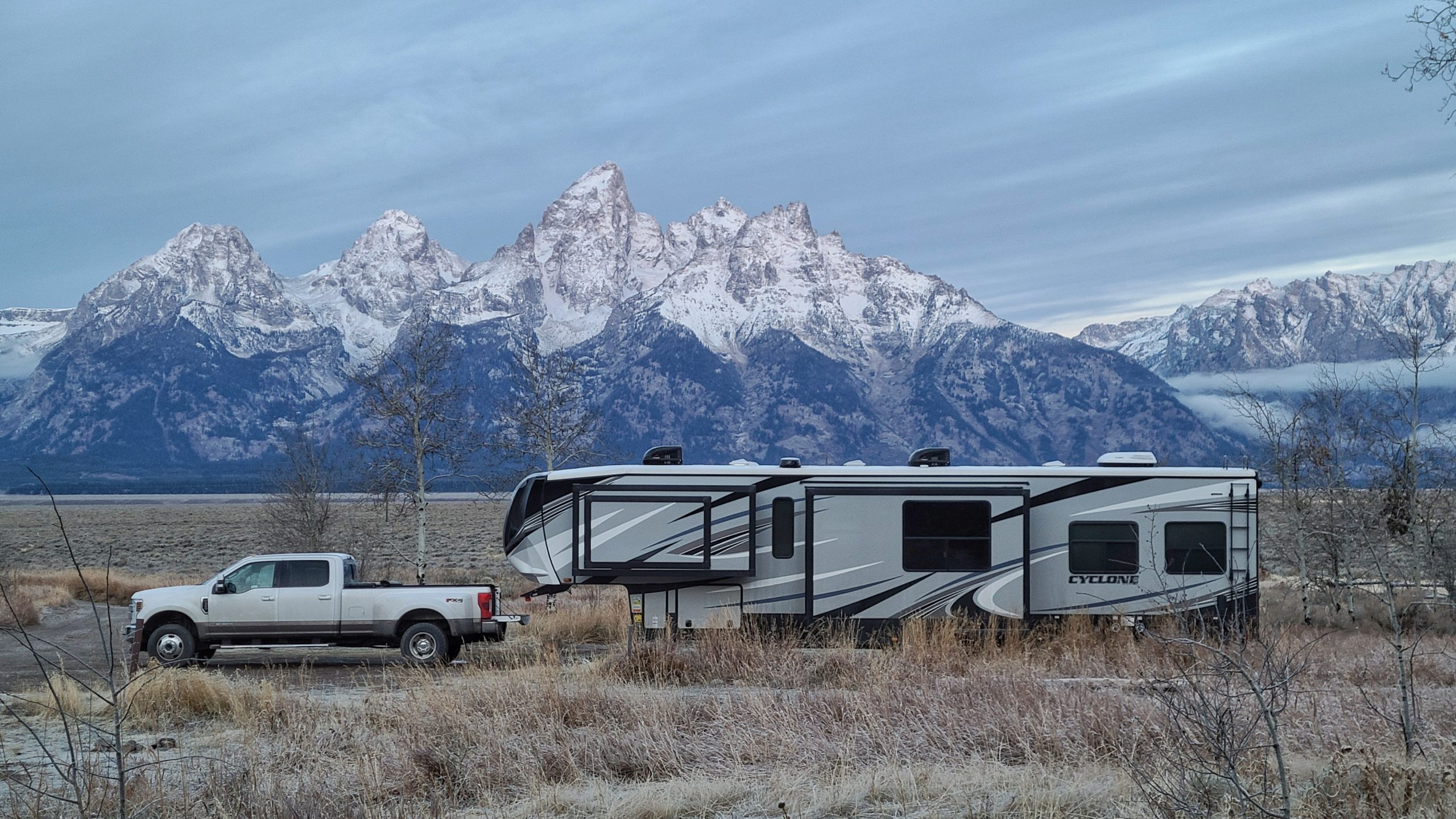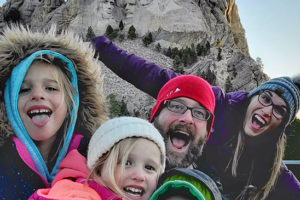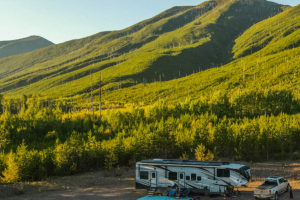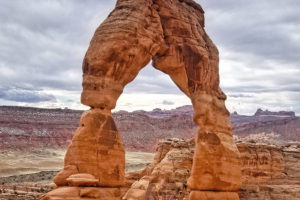Boondocking 101: What is Boondocking and How Do I Start?

Boondocking, have you heard of it? Have you tried it? While we may not be boondocking “experts,” we certainly have had our share of it, have absolutely loved our experiences, and thought we would pass along helpful information!
What is Boondocking?
Boondocking is also known as dry camping, where you are not connected to power, water, or sewer. It’s just you, your RV, and whatever land you’re parked on. In most cases, boondocking is FREE! That certainly beats any price you would pay at an RV park, right?
Why do we love boondocking so much? Well, obviously the price tag is a nice perk. But we really love dry camping because of the beautiful views and wide open spaces that it provides.
Maybe you are new to RVing and want to try out dry camping for the first time, and don’t know where to start. This post is to help equip you with the things you need to know to have a great time!

Where can I find Boondocking?
Our favorite way to find boondocking locations is through Campendium. You can filter your search for free camping, and also filter for public lands. Campendium is a great resource to search for locations, see user photos, read reviews, and get detailed information for each place. It also provides a direct link to each camping spot to reserve a campsite (if applicable).
Areas nationwide that have land for public use:
*BLM (Buerau of Land Management)
*Water and Wildlife Management Areas
*National Forests and Grasslands
BLM land is available to use and park on without a reservation, but you can only stay for 14 days. Some water or wildlife management areas require a permit (you can obtain online), some require a small fee or stamp, and each have rules for length of stays. You will need to research and know the requirements for any land you want to park on.
Not all boondocking is free. You can dry-camp in some underdeveloped parks where there aren’t hookups available. These parks have an inexpensive rate, which is great for budget travel.
Other resources for finding boondocking are:
US Public Lands (App)
Membership Options: We also utilize Harvest Hosts and Boondockers Welcome memberships to stay (for free) at places across the US. We usually use these as a quick stopover after a long travel day as we make our way to our destination.
Harvest Hosts is a membership that provides access to over 2,100 wineries, breweries, farms and museums to stay overnight (one night) for free. To learn more and get 15% off your Harvest Host Membership fee, click here.
Boondockers Welcome is a membership that gives you access to park on hosts’ private property for 1-5 night stays. Many offer hookups for a nominal fee. For more information and to sign up for a Boondockers Welcome membership, click here.
How Do I plan a Boondocking Trip?
So, where do you start? Here is a step-by-step guide to plan where to stay on your dry-camping trip:
- Decide where you want to go. (Ex: Visiting Arches NP)
- Pull up a search using one of the above resources. We love to use Campendium.com. Search for your destination (Arches NP)
- Look for boondocking options in that area (We like Willow Springs Dispersed Camping)
- Make sure to research driving time from boondocking site to point of interest (like National Parks) Use Google Maps, specifically satellite view to see the layout of the area you plan to park.
- Use the above resources (like Campendium) to double check if you need a reservation or stamp, understand the length of stay rules, rig size, etc. Read reviews!
What Do I Need?
Since dry camping means that you’ll be without hookups for a period of time, you’ll need to be prepared! Before your trip, make sure you have:
- Generator or solar power. You need this to run basic electrical things in your RV.
- Filled Fresh Water Tanks.
- Empty grey and black water tanks.
- Stocked fridge.
Tips:
- Scout Ahead. If you’re in a larger RV, it’s worth it to drop the RV (somewhere safe) and then scout out the area to see the best option for parking.
- Plan ahead for meals that won’t require too many dishes. More dishes=more water used.
- Be prepared to be off-grid. You may or may not have cell-service.
- Have an emergency plan: know your fastest way out and know where the closest emergency services are located (you never know when someone might take a head first dive off the top bunk and require stitches at 6 AM).
- Watch the weather. Extreme weather can make for some tricky situations.
- Always, always, always leave the area better than you found it. Pick up and take your trash. Extinguish fires. Do not dump illegally. Do not ruin the amazing benefit of dry camping for the rest of us!
This is PART ONE of an informational series called “Boondocking 101.” In this series, we’ll also talk about power usage and conservation, water conservation and solutions, and solar power. So, if you’re curious about taking an RV or camping trip that is a little more on the wild side, keep following along and we’ll be sharing all of the details! We also will be creating a video series about boondocking, so head over to our YouTube channel, The Flying Hens. Be sure to subscribe and turn on notifications so you don’t miss our videos all about boondocking!
Stay tuned for our next blog post, where we will talk about our must have products and how we use them for our boondocking adventures.




Leave a Reply
Get in touch with us!